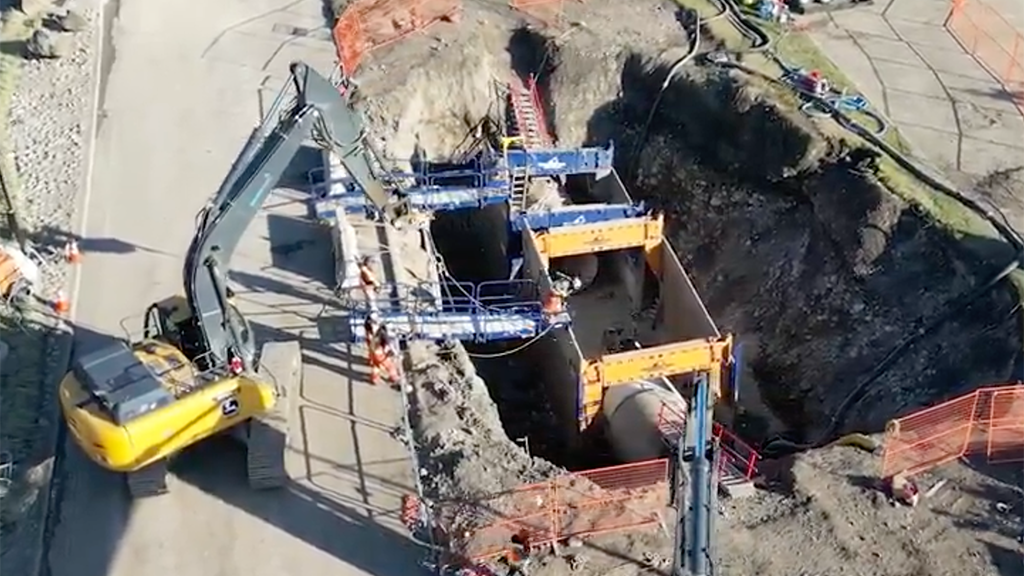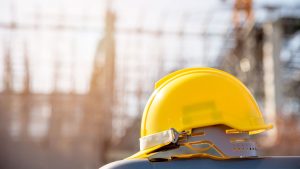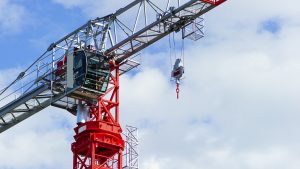EDMONTON — The Association of Professional Engineers and Geoscientists of Alberta (APEGA) has announced it has concluded the practice review on the City of Calgary after the critical rupture of the Bearspaw South watermain in June 2024.
The review was initiated on July 22, 2024, and the final report was delivered to the city on May 7, 2025.
The APEGA has assessed the city’s engineering management processes and its alignment with the Engineering and Geoscience Professions (EGP) Act, the General Regulation, and APEGA’s bylaws and practice standard, explains a release.
“If during a practice review unskilled practice or unprofessional conduct were to be suspected or found in engineering or geoscience practices, APEGA would launch a formal investigation,” it reads.
The review found the City of Calgary had sound engineering oversight and the appropriate risk-based management in place to meet the expectations required of an APEGA permit holder and was in compliance with its obligations under the EGP Act, the General Regulation, and APEGA’s bylaws and practice standards.
There were no indications of unskilled practice or unprofessional conduct.
According to the association, at the time of installation, in 1974, the feeder main was reportedly expected to have a 100-year service life.
However, prestressed concrete cylinder pipe (PCCP) manufacturing standards were relaxed from the late 1960s to the early 1970s by the American Water Works Association. This resulted in a high rate of premature failures and standards have since been strengthened.
The conclusions of the City of Calgary’s forensic investigation into the Bearspaw South rupture, which was conducted by Associated Engineering, are consistent with PCCP failures across North America, the release reads.
PCCPs generally fail in the same way and such failures are common.
“APEGA’s literature review also acknowledges that preventing a PCCP rupture is not assured, even with monitoring and predictive technologies in place,” it states.
The rupture of the Bearspaw South watermain led to months of water restrictions and other onerous measures as well as more trouble spots being discovered along 10 kilometres of pipe in northwest Calgary.











Recent Comments